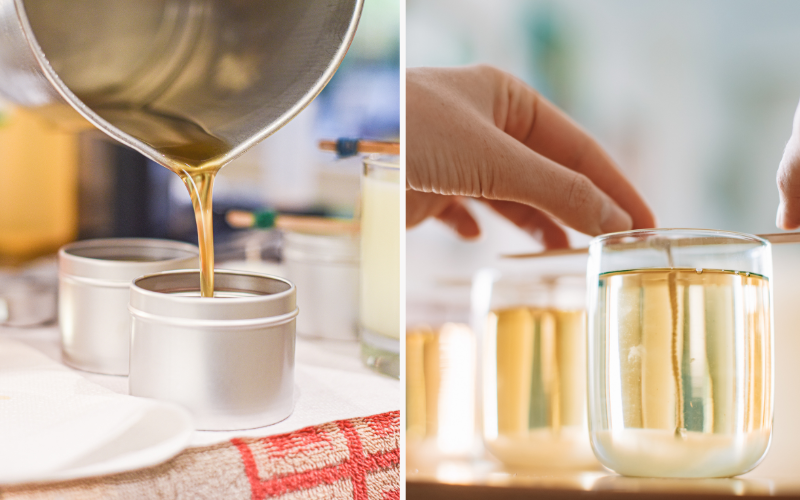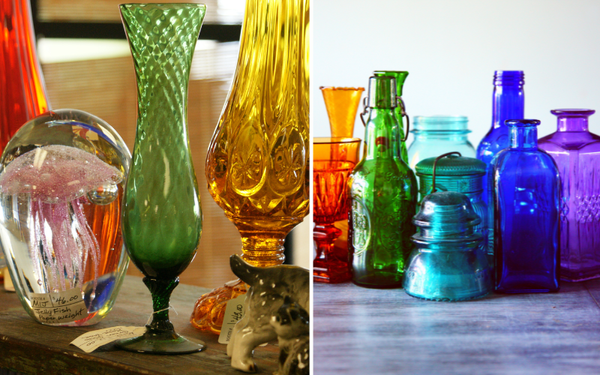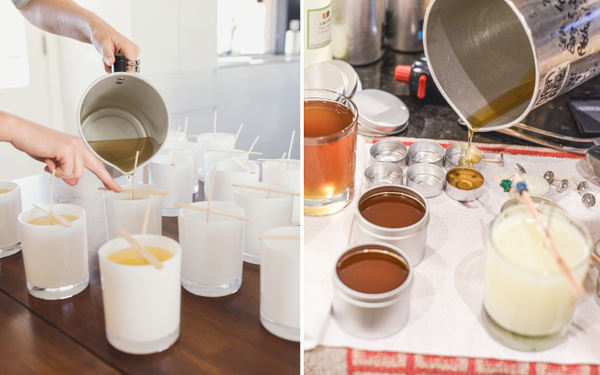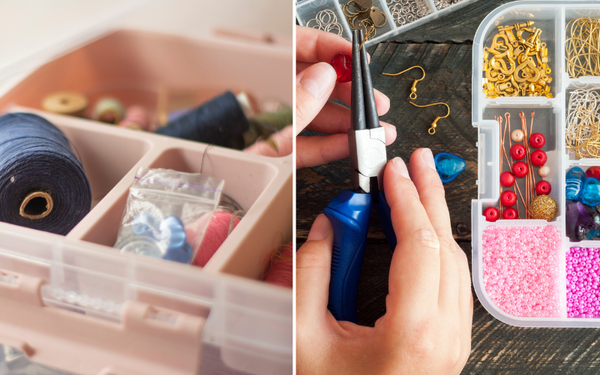Have you ever found yourself mesmerized by the flickering flame of a candle, inhaling deeply as the rich and enticing fragrances fill the air, and wondering about the magic that goes into creating such a sensory delight? Well, the secret lies in the heart of the candle – the wax. Let’s embark on a journey to discover “what wax do professional candle makers use” to create premium quality candles that spellbind us with their warm glow and intoxicating scents.
Key Takeaways
- Professional candle makers use soy, paraffin, beeswax, palm and coconut waxes for their exceptional qualities.
- Experiment with different wax blends & additives to craft the perfect candle, just like a chef creating a culinary masterpiece!
- Consider factors such as type of candle, scent profile & cost when choosing the best wax for your business.
Types of Wax Used by Professional Candle Makers
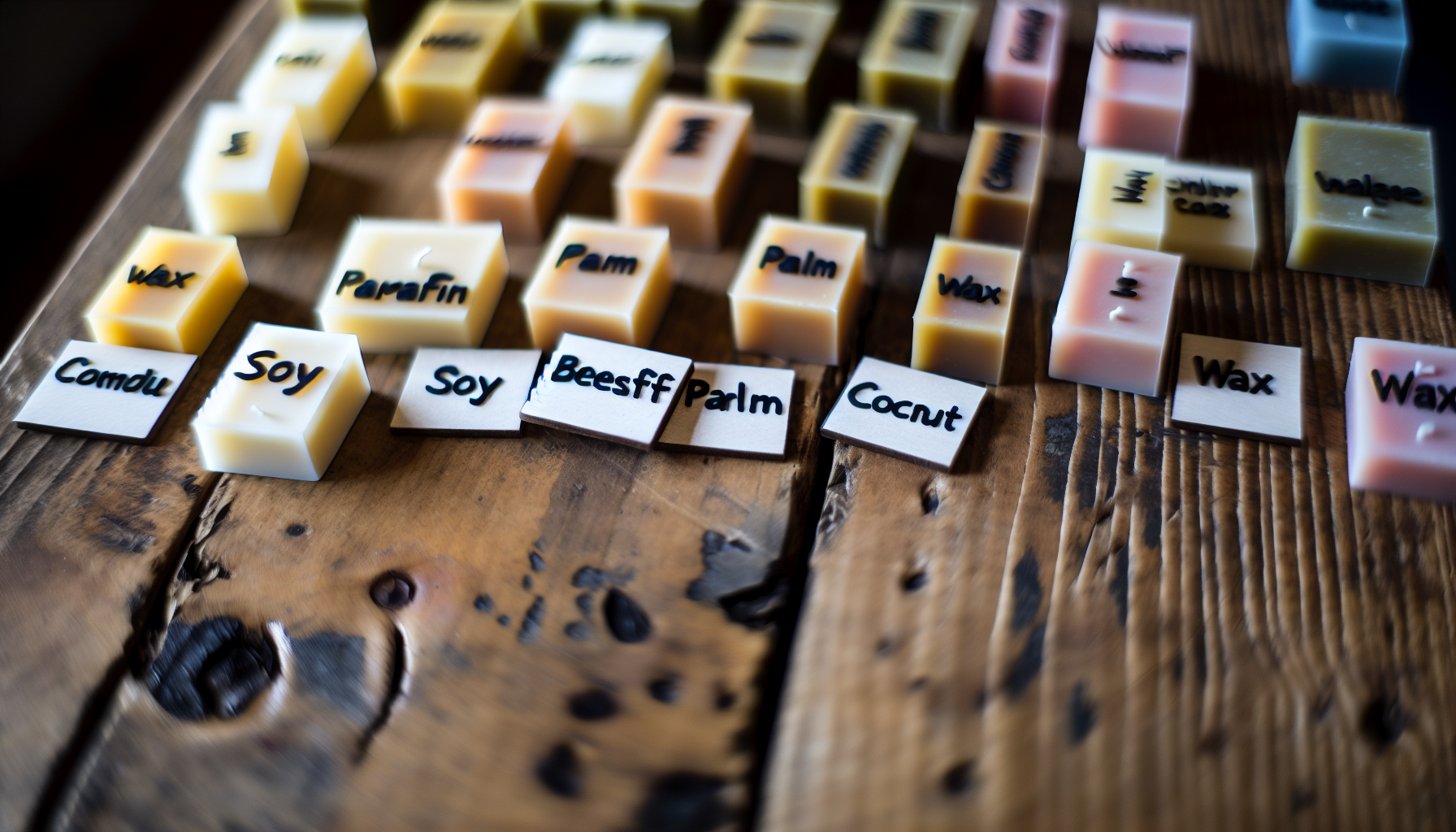
Selecting the appropriate candle wax presents a challenging task. It’s a bit like choosing the right ingredients for a gourmet meal, where each component plays a crucial role in the overall experience. Each type of candle wax utilized by professional candle makers comes with its unique properties and benefits.
Among the plethora of options, some waxes have gained popularity for their exceptional qualities. The top choices for professional candle makers, often considered the best candle wax, are:
- Soy wax
- Paraffin wax
- Beeswax
- Palm wax
- Coconut wax
Let’s delve into the properties of these distinct waxes to understand why they’re the top choices for professional candle makers.
Soy Wax
Let’s start with soy wax, a green thumb’s favorite. Made from the goodness of soybeans, soy wax embodies the essence of sustainability. Creating soy wax shares similarities with the production of vegetable cooking oils. It’s like taking a walk through lush soybean fields, harvesting the beans, and transforming them into a beautiful candle.
The magic of soy wax candles lies in their ability to:
- Burn clean, thereby reducing soot
- Last for an impressively long time, allowing you to enjoy their soft glow for hours on end
- Elevate the sensory experience of burning candles, given their natural attraction to fragrances
- Be the star player when it comes to container candles, offering the perfect blend of sustainability and performance.
Paraffin Wax
Contrasting the eco-friendly nature of soy wax, paraffin wax stands as a practical, all-rounder in the realm of candle making. Its affordability and versatility make it a reliable choice for candle makers. Paraffin wax’s translucency is its charm, paving the way for the creation of vividly vibrant paraffin candles.
However, every coin has two sides. Paraffin wax, despite its affordability and versatility, has raised eyebrows due to its environmental impact. Burning paraffin wax releases soot and volatile organic compounds, leading to potential health concerns. The affordability of paraffin wax is indeed a significant factor in its widespread use in professional candle making, but it’s crucial to weigh the pros and cons.
Beeswax

Next, we have beeswax, a natural product derived from nature’s little builders - bees. Beeswax candles are the epitome of natural elegance and functionality. They are known for their long burn times and warm, smokeless flame. This natural wax holds a sweet secret – a subtle honey scent that permeates the air, often eliminating the need for additional fragrances.
However, for all its allure, beeswax raises ethical and environmental concerns. Being a product of bees, it’s not vegan-friendly and raises sustainability questions. So, while beeswax holds a charm of its own, it’s not without its share of controversy.
Palm Wax
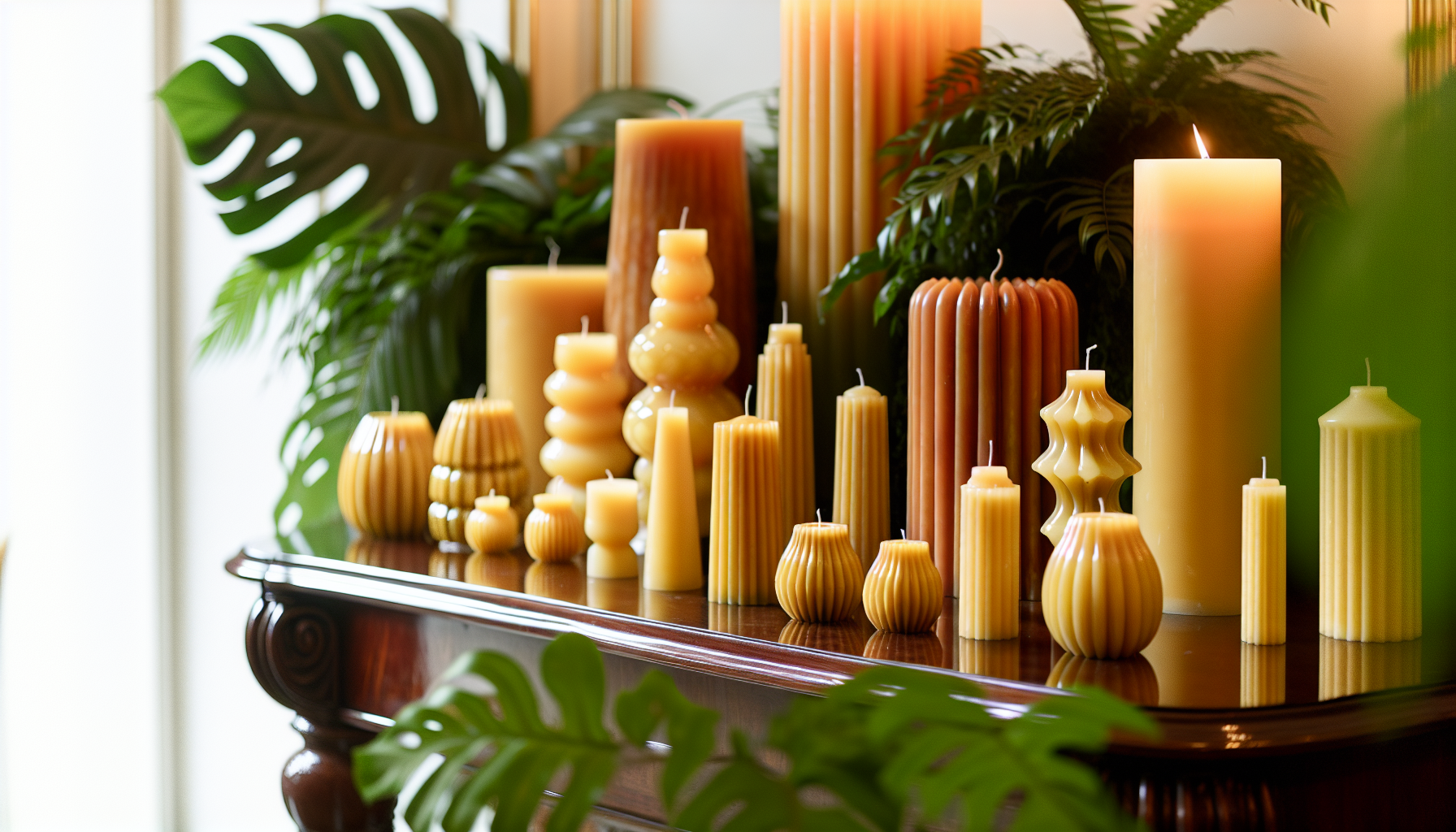
Derived from palm trees, palm wax is yet another eco-friendly option in our lineup. This wax offers the best of both worlds – sustainability and performance. It’s like the sturdy palm tree it comes from, offering strength, durability, and a clean burn. Palm wax carries scents beautifully, providing a sensory treat with its long burn time.
Whether you’re crafting free-standing or scented candles, palm wax is a reliable companion, offering a balance of eco-friendliness and utility.
Coconut Wax
Last but not least, we have coconut wax, the exotic jewel in the crown of candle waxes. Made by refining and hydrogenating coconut oil, this wax is a natural and eco-friendly option for candle making. With its slow, even burn and minimal soot production, coconut wax is a dream come true for any candle enthusiast, including those who enjoy wax melts.
However, this tropical wonder often prefers to work in harmony with other waxes, enhancing their properties and creating a symphony of scents. So, while coconut wax may seem a bit shy, it plays a vital role in crafting exquisite candles.
Crafting the Perfect Candle: Wax Blends and Additives
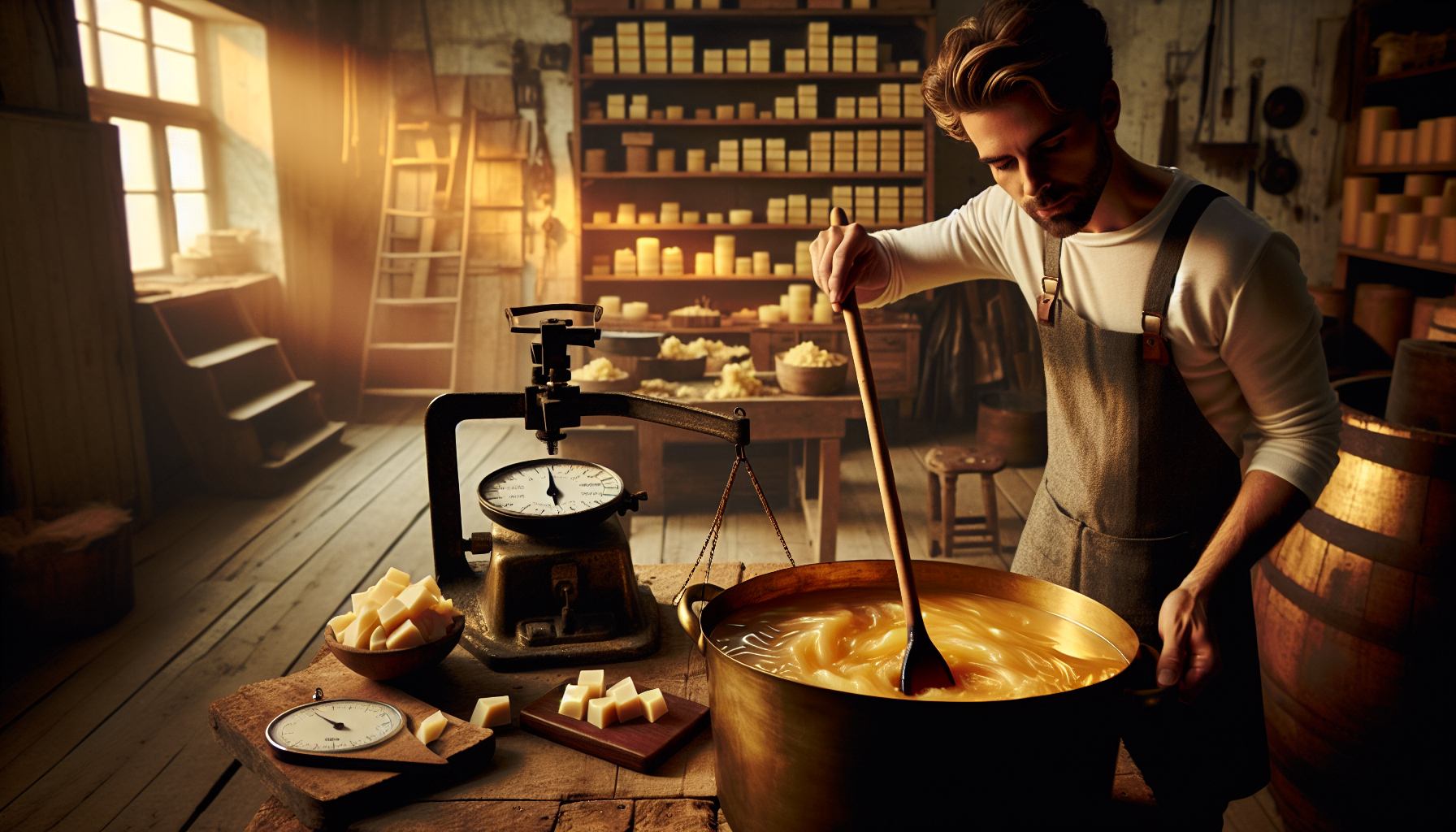
Having explored the individual waxes, it’s time to discuss the artistry involved in blending and the magic brought by additives. Just like how a chef experiments with ingredients to create a culinary masterpiece, a candle maker can mix and match waxes and additives to craft a perfect candle.
Endless possibilities await, be it the most common blend of soy and paraffin, or the unique mix of coconut and soy. The addition of specific additives can also enhance the candle’s performance, offering improved scent throw or a sleeker appearance.
Wax Blends
Blending different types of candle wax, such as a soy wax blend, can create a symphony of benefits. By combining the strong scent and color properties of paraffin with the clean burn and long-lasting properties of soy wax, you can create a high-quality and versatile product.
Creating a unique wax blend may appear daunting at first, but it’s essentially a process that requires exploration and experimentation. It’s about finding the perfect balance to achieve your desired outcome, be it a stronger scent or a longer burn time.
Additives
Just as spices enhance the flavors of a dish, additives can enhance the performance of a candle. Additives like stearic acid can strengthen the wax, improving burn time and performance, while dyes can add a splash of color, transforming a simple candle into a work of art.
Selecting the appropriate additives for your candles can be compared to seasoning a dish. It’s about adding just the right amount to enhance the candle’s characteristics without compromising its inherent qualities. From strengthening the wax to intensifying the scent, additives play a crucial role in crafting the perfect candle.
Scent and Fragrance in Professional Candle Making
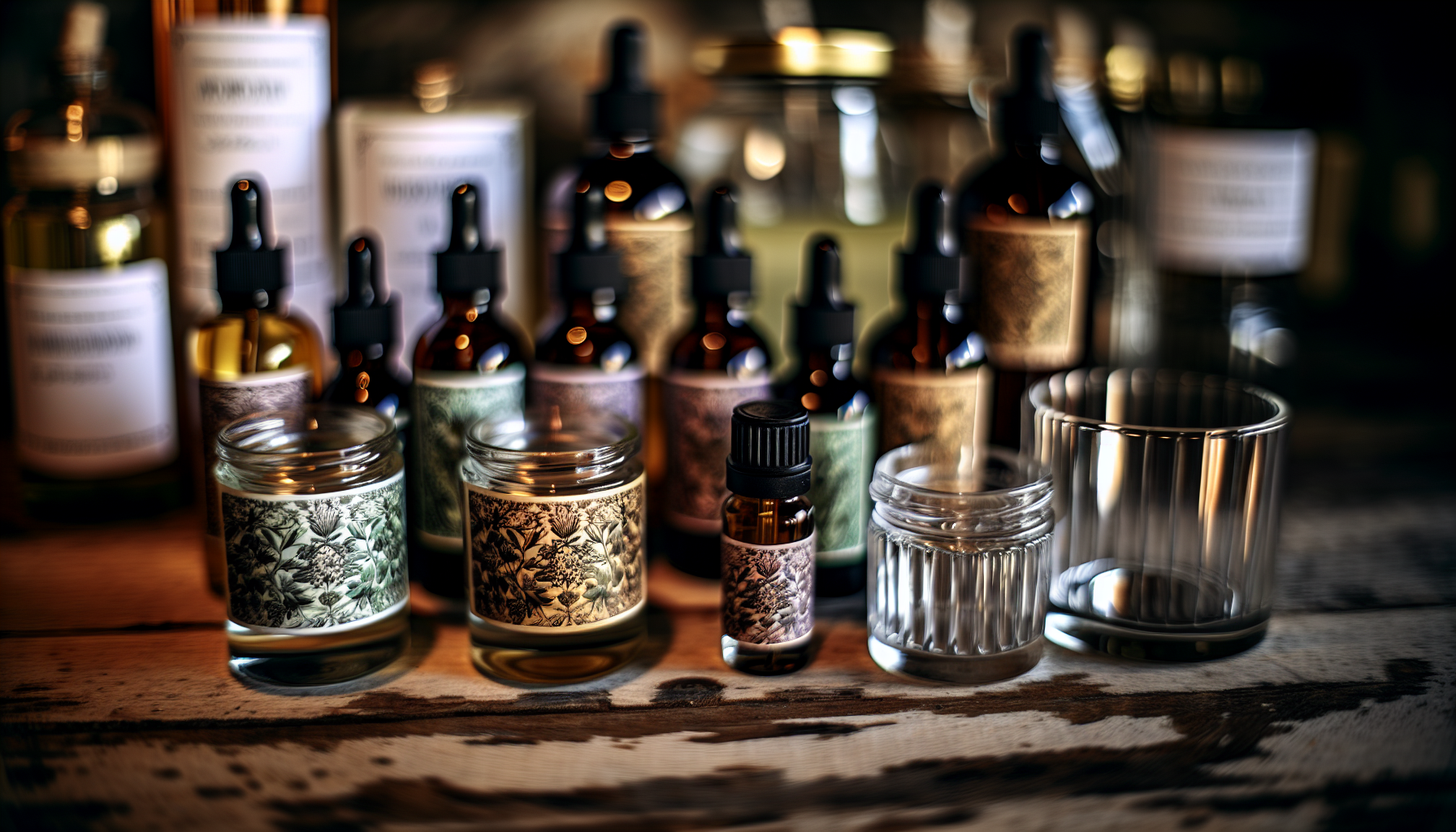
The sensory symphony that a candle triggers is incomplete without the captivating charm of a fragrance. The aroma of a candle can transport you to a different world, triggering memories and emotions. To achieve this sensory journey, candle makers use essential oils and fragrance oils.
Each type of oil brings its unique advantages and disadvantages to candle making. Essential oils, derived from plants, offer therapeutic properties, while fragrance oils, created in a lab, provide a stronger scent.
Essential Oils vs. Fragrance Oils
Essential oils and fragrance oils are the yin and yang of the candle world. Essential oils, with their natural origins, offer subtle fragrances and potential therapeutic benefits. However, they can be challenging to work with due to their low flash points and varying intensities.
On the other hand, fragrance oils, though synthetically produced, offer stronger scents and can influence the wax’s behavior. But remember, the choice between these oils depends on your personal preference and the scent profile you want your candles to embody.
Maximizing Scent Throw

Creating a candle with a captivating scent is half the battle. The other half is ensuring that the scent permeates the room when the candle is lit – this is where scent throw comes into play. The type of wax and the amount of fragrance used are crucial factors that influence scent throw.
So, how can you maximize scent throw? By following these steps, you can create a candle that leaves a lasting impression:
- Choose the right wax for your candle.
- Follow the manufacturer’s guidelines for optimal fragrance load.
- Experiment with different waxes and fragrances to find the perfect combination.
Candle Forms and Styles: Choosing the Right Wax
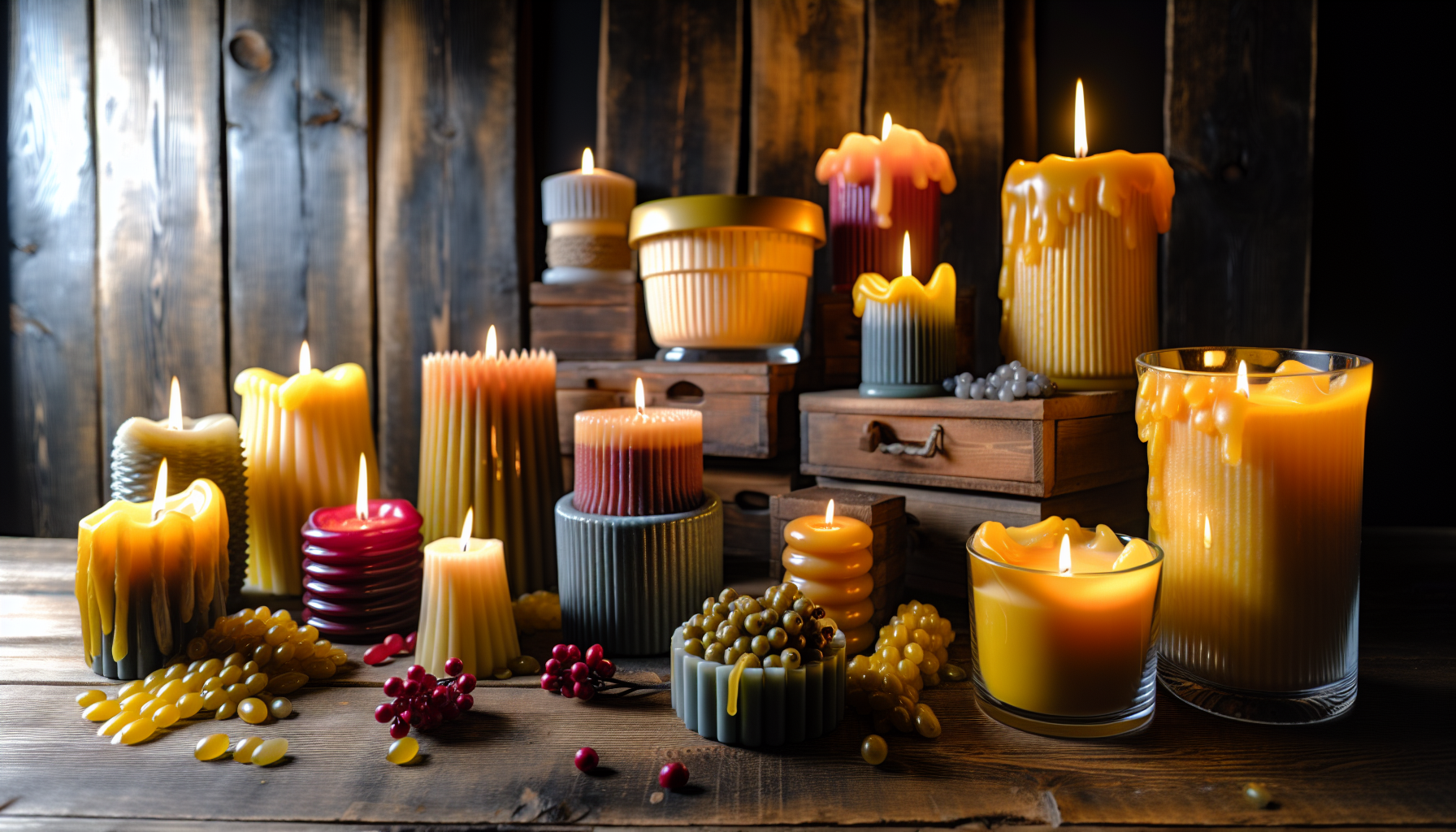
Much like how a painter requires the perfect canvas for their masterpiece, a candle maker needs the appropriate wax for various candle forms and styles. From container candles and pillars to tapers and votives, each candle form requires a specific type of wax to shine.
Choosing the right wax isn’t merely about the aesthetic appeal or the scent throw. It’s also about how well the wax suits the candle form. So, whether you’re crafting a container candle with soy wax or a pillar candle with paraffin, choosing the right wax can make all the difference.
Sustainability and Eco-Friendliness in Professional Candle Making
In a time when sustainability goes beyond being just a trendy term, candle makers are adopting practices that are friendly to the environment. Some sustainable practices in professional candle making include:
- Sourcing renewable waxes like soy, beeswax, and coconut
- Minimizing environmental impact through efficient production processes
- Using eco-friendly packaging materials
- Recycling and reusing materials whenever possible
Sustainability is at the heart of professional candle making, including making container candles and using votive candles.
However, it’s worth noting that even natural waxes like beeswax and gel candles can have environmental impacts. Therefore, it’s crucial to consider the complete lifecycle of the wax – from sourcing to combustion – when assessing its eco-friendliness.
Tips for Choosing the Best Wax for Your Candle-Making Business
Starting a candle-making business marks the beginning of an exhilarating journey. However, selecting the suitable wax may pose a considerable challenge. There are a host of factors to consider, including:
- The type of candle you wish to create
- The desired scent profile
- The cost of the wax
- Customer preferences
Taking these factors into account will help you choose the right wax for your candle-making business.
The type of container you choose to house your candle also influences the wax choice. For instance, soy wax is ideal for container candles due to its clean burn, while paraffin and beeswax excel in pillar candles. Alongside the technical aspects, your budget plays a critical role. Consider not only the cost per pound of the wax but also hidden costs like fragrance supplies and operating expenses.
Summary
Embarking on the journey of candle making is a blend of science, art, and a dash of creativity. From understanding the unique properties of various waxes – be it the clean burn of soy wax or the vibrant colors of paraffin – to mastering the art of blending waxes and enhancing them with additives, each aspect contributes to the creation of a captivating candle. As we continue to strive for sustainability, eco-friendly options like soy, palm, and coconut wax have gained prominence. Remember, each wax, blend, and additive offers unique benefits. The key is to experiment, learn, and craft a candle that tells your unique story.
Frequently Asked Questions
What wax is used in luxury candles?
Luxury candles typically use soy or beeswax, known for their natural purity and longer-lasting burn.
What is the best wax for candle makers?
For candle makers, we recommend starting with Golden Brands 464 soy wax for its high performance and ease of use. Paraffin wax is also popular due to its cost effectiveness and the variety of melt points it comes in, perfect for making containers, pillars, and more. Testing different waxes can help you find the best fit for your unique needs.
What kind of wax does our own candle company use?
Our candle company uses a blend of paraffin and soy wax, which helps to create vibrant colors, throw the scents, and burn cleanly without leaving any residue.
What is the difference between essential oils and fragrance oils in candle making?
Essential oils are derived from plants and offer aromatherapeutic properties, while fragrance oils are synthetically created in a lab and offer a stronger scent.
How can I maximize the scent throw of my candles?
Maximize the scent throw of your candles by choosing the right wax, following manufacturer's guidelines, and experimenting with different waxes and fragrances.
You Might Also Like...
